Domain-Specific Knowledge
Dental Libraries — The Core of Our Dental AI
Our peer-reviewed libraries draw on decades of dental expertise. They provide the authoritative data foundation behind DentalMammoth’s AI solution.

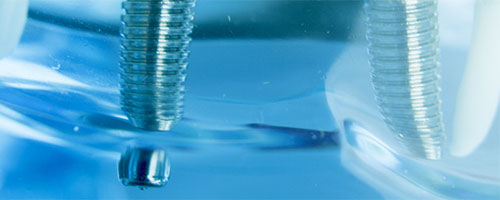
In endodontics, most treatments target pulpitis and apical periodontitis, which are difficult to manage due to the tooth’s closed structure and tiny apical foramen. While this often leads to pulp necrosis, modern endodontic techniques now focus on preserving infected pulp and even revitalizing near-necrotic tissue.
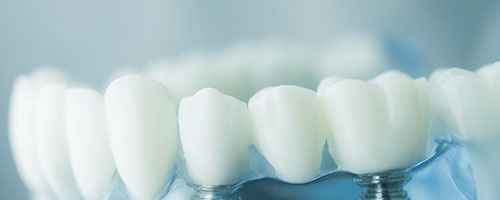
We cover orthodontics from every angle — from Invisalign®, clear aligners, and fixed appliances to functional and extraoral devices like facial masks and chin caps. Our content explores diagnosis, treatment planning, malocclusion management, and retention, giving learners and professionals a complete, practical view of modern orthodontic care.
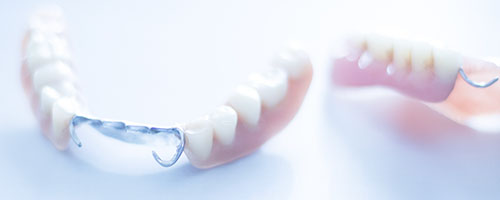
Our prosthodontics content covers everything from edentulous treatments and partial prosthetics to crowns, bridges, inlays, and laminates. We also highlight specialized care for elderly patients and maxillofacial prosthodontics, giving learners and professionals a complete view of restoring function, comfort, and aesthetics.
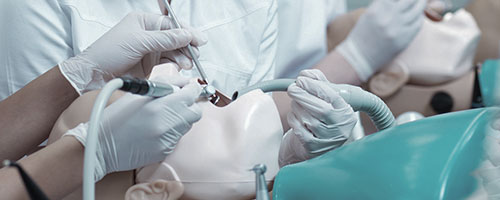
Our oral and maxillofacial surgery content spans the full spectrum of surgical care, from dentoalveolar procedures and TMJ disorders to orthognathic surgery and cleft lip and palate treatment. We also cover infections of the jaws, tumors, and salivary gland surgery, along with modern approaches to sleep apnea management. This comprehensive focus gives learners and professionals deep insight into both functional and reconstructive aspects of maxillofacial surgery.
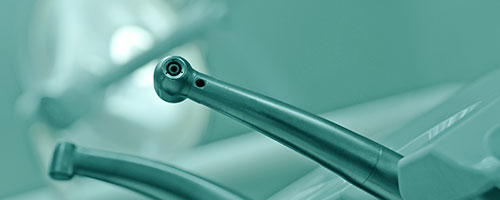
Our cariology and restorative dentistry content focuses on preventing and treating caries, from early detection and diagnosis to restorative solutions using modern filling materials and techniques. We also cover aesthetic dentistry, including material selection, treatment planning, and managing esthetic changes, alongside guidance on tooth bleaching in both clinical and home settings. This complete approach helps learners and professionals combine function, prevention, and aesthetics in everyday practice.

Our medical problems in dentistry content explores the impact of systemic diseases and conditions on dental care, from cardiovascular, pulmonary, and endocrine disorders to cancer, blood, and infectious diseases. We also address special considerations for psychiatric, handicapped, and geriatric patients, as well as dental management during pregnancy. By linking medicine and dentistry, this section provides learners and professionals with essential knowledge for safe, effective, and patient-centered treatment.
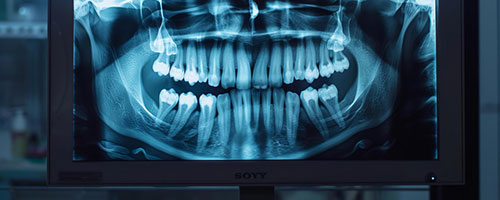
Dental radiology is central to accurate diagnosis and safe treatment planning. From digital imaging to cephalometric and panoramic techniques, this field combines precision with protection, giving learners and professionals the skills to interpret images confidently and apply them in clinical practice.
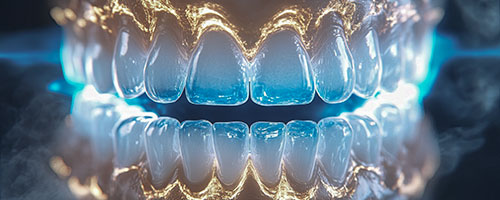
Oral pathology uncovers the underlying causes of diseases in the mouth, from biopsies to advanced staining and diagnostic techniques. This field bridges clinical findings with microscopic analysis, helping learners and professionals recognize disease patterns and provide accurate, evidence-based care.

Periodontology focuses on the health of the gums and supporting structures of the teeth. From preventing and treating periodontitis to managing peri-implant tissues and surgical techniques, this field is essential for long-term oral health. Learners and professionals gain insights into both medical and surgical approaches that restore function, stability, and aesthetics.

Our pedodontics coverage brings together developmental disorders, dental trauma, and child-specific oral conditions, with a strong focus on clinical decision-making and treatment strategies. From everyday cases to rare syndromes, the content provides a broad foundation for understanding pediatric challenges and applying evidence-based solutions in practice.

Implantology is explored through practical guidance on surgical procedures, implant systems, and prosthodontic integration. The content highlights leading industry solutions, international guidelines, and evidence-based protocols, giving learners a clear understanding of both clinical workflows and system-specific approaches.
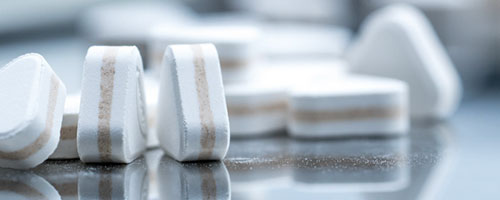
The oral medicine section integrates systemic conditions with their oral manifestations, covering everything from hypersensitivity reactions and mucosal diseases to endocrine, infectious, and autoimmune disorders. The content emphasizes practical links between general medicine and dentistry, helping learners navigate complex cases and apply medical insights in daily dental care.
The articles also describe the most common dental and oral health care procedures.
Trusted External Knowledge Sources

SCIENTIFIC LITERATURE DATABASE
PubMed
PubMed provides access to more than 39 million biomedical citations and abstracts. It covers medicine, dentistry, and life sciences, supporting evidence-based practice and research.
PubMed is a service of the U.S. National Library of Medicine. All rights belong to their respective owners.
